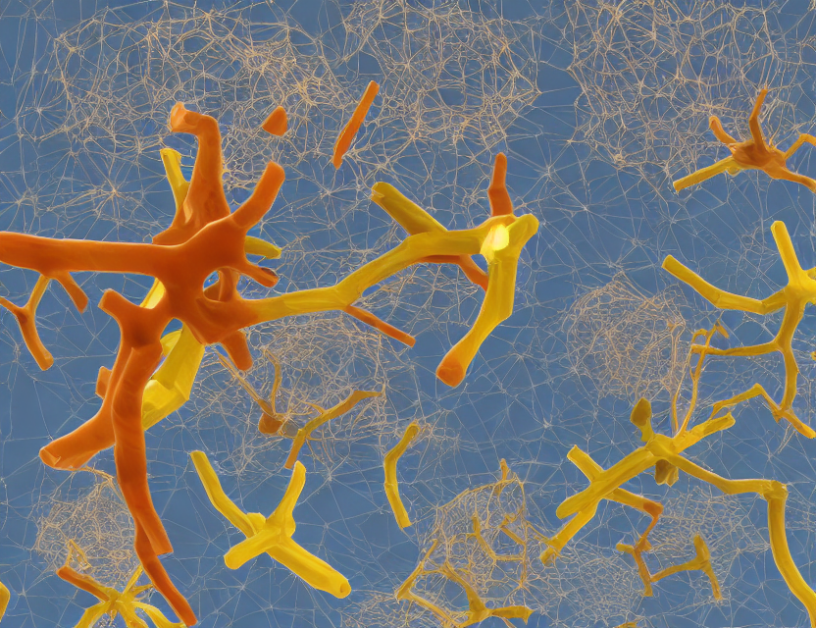In this research paper, the authors aim to develop a high-throughput biomedical relation extraction system that leverages large language models’ (LLMs) reading comprehension ability and biomedical world knowledge. The proposed system is tailored for semi-structured web articles, where the main title serves as the tail entity, and potential head entities are identified based on a biomedical thesaurus. To improve accuracy, the system incorporates additional embedding models and slices the lengthy contents into text chunks.
The authors formulate the relation extraction task as a simple binary classification problem for LLMs, where the models make decisions based on the external corpus and their world knowledge. The output of the system is a JSON object with two keys: answer and reason. The answer key provides a straightforward yes or no response, while the reason key expounds on the decision, providing essential source attribution.
To demystify complex concepts, the authors use everyday language and engaging metaphors to explain the proposed method. For instance, they describe the system’s ability to identify potential head entities based on a biomedical thesaurus as "like a treasure hunt, where the system searches for relevant terms in a vast library."
The authors acknowledge that their approach has limitations and suggest several directions for future improvements. These include expanding the scope to include other types of articles, leveraging more advanced LLMs with enhanced reading comprehension abilities, and refining the prompt format to optimize accuracy.
In conclusion, the article presents a novel approach to biomedical relation extraction that leverages LLMs’ reading comprehension ability and world knowledge. The proposed system has promising results in accurately identifying relations between entities in semi-structured web articles. By demystifying complex concepts through everyday language and engaging metaphors, the authors make the article accessible to a broad audience interested in natural language processing and biomedical research.
Computation and Language, Computer Science
Recognizing Main Titles in Biomedical Web Articles: A LLM-Based Approach



